In a disposable age, there is a pleasure in being retro. A watch that has to be wound. An LP or a camping holiday. A letter rather than an email. One often forgets the amazing development work and the sophisticated mechanics involved in constructing items now dismissed as past their sell-by date. Yet many are not.
Nobody would argue the remarkable ability of modern digital cameras to do things that were beyond our forefathers in photography. But used within their limits – and they are pretty wide – these older cameras are fun and rewarding. After all, a Leica IIIf was every photographer’s dream Christmas present in 1950.
So what guidelines should there be for the newcomer to Barnacks, so-called because they so closely followed the tradition of the original Leics?
First, a warning. As William Fagan says, they are addictive. They breed. Put two together, and you will have a third before you know it. Second, take your time buying. It will probably need an overhaul, clean, lubrication and adjust.
There are still folks out there, for example, Newton Ellis in Liverpool, who can do wonders. But give them something in good physical condition to work with, with no dents and good vulcanite.

You may be lucky and not need a CLA, but assume that you will. Get a copy of a Leica guide such as The Leica Pocket Book and a camera serial number/date list (which is included in the Pocket Book), so you know what you are dealing with.
From the 1930s to the mid-1950s, you could send your Leica back to Wetzlar and have it upgraded to the latest model. I have a 1938 Leica II that was updated in the fifties, and it was completely factory rebuilt. Leica being Leica, they re-engraved the original pre-war serial number on it! Some Leica connoisseurs devote their lives to upgrades, Jim Lager of the International Leica Society being one.
So now you have a working body with a viewfinder that is squinty and a rangefinder that takes five minutes to use. You can mount a proper viewfinder on top, but you need a lens. Many will suggest taking out a mortgage to get a Leica lens such as the 50mm f/3.5 Elmar above. Your call, but an eBay search on Canon LTM (Leica Thread Mount) 50mm lenses will provide a range from £100-300, mainly from Japanese dealers.
Japanese dealers are remarkably detailed and reliable. An f/2.8 or f/1.8 will be fine, but check to see there is no haze or separation mentioned. And it will take a couple of weeks to come, with custom charges a possibility.
Now the real test, loading it. Old hands will tell you there is nothing to it. This, however, is where you need to sit quietly with your guidebook. Look at the little picture on the baseplate. It matters. In prehistoric days (70 years ago), all film leaders were cut to fit a Leica. No longer.
Study the picture and get out your scissors, or you will end with torn bits of film jamming your pride and joy. As you wind two or three frames on, the guidebook will tell you to watch the rewind knob turning to confirm the film is moving through the camera. You may need to tension the rewind. But now you are OK.
Shooting it
In the 1890s, Kodak advertised, “You press the button, and we do the rest”. Box Brownies did that as long as the sun was shining. So do modern digital cameras. Who needs to focus cameras or learn about exposure when Canon and Nikon can do it for you? You do. You are using a Leica.
The Sunny 16 rule says that at f/16, the exposure is the ASA speed of the film. The Great Yellow Father used to print exposure tables on boxes of Kodachrome, and I still remember; ASA 25, sunny 1/125 @ f/8, etc. So use Sunny 16 or buy an exposure meter. Weston Masters on eBay will be thrown at you.
Focusing – I cannot believe that Cartier Bresson used the rangefinder when he felt a decisive moment coming on. He would have missed it. Heard about zone focus? Learn about it.
So here we are, in the sun, (1/200th @ f/16), focusing on the scale at 10 feet and ample depth of field. As Cartier Bresson said, compose, shoot and scram. Enjoy your top-of-the-range compact camera, which does not resemble a weapon of mass destruction.
Recommended dealers in Leica screw-mount cameras and accessories:
- Red Dot Cameras, London
- Peter Loy, London
- MW Classic, London
- The Real Camera Company, Manchester
Join our community and play an active part in the future of Macfilos: This site is run by a group of volunteers and dedicated authors around the world. It is supported by donations from readers who appreciate a calm, stress-free experience, with courteous comments and an absence of advertising or commercialisation. Why not subscribe to the thrice-weekly newsletter by joining our mailing list? Comment on this article or, even, write your own. And if you have enjoyed the ride so far, please consider making a small donation to our ever-increasing running costs.


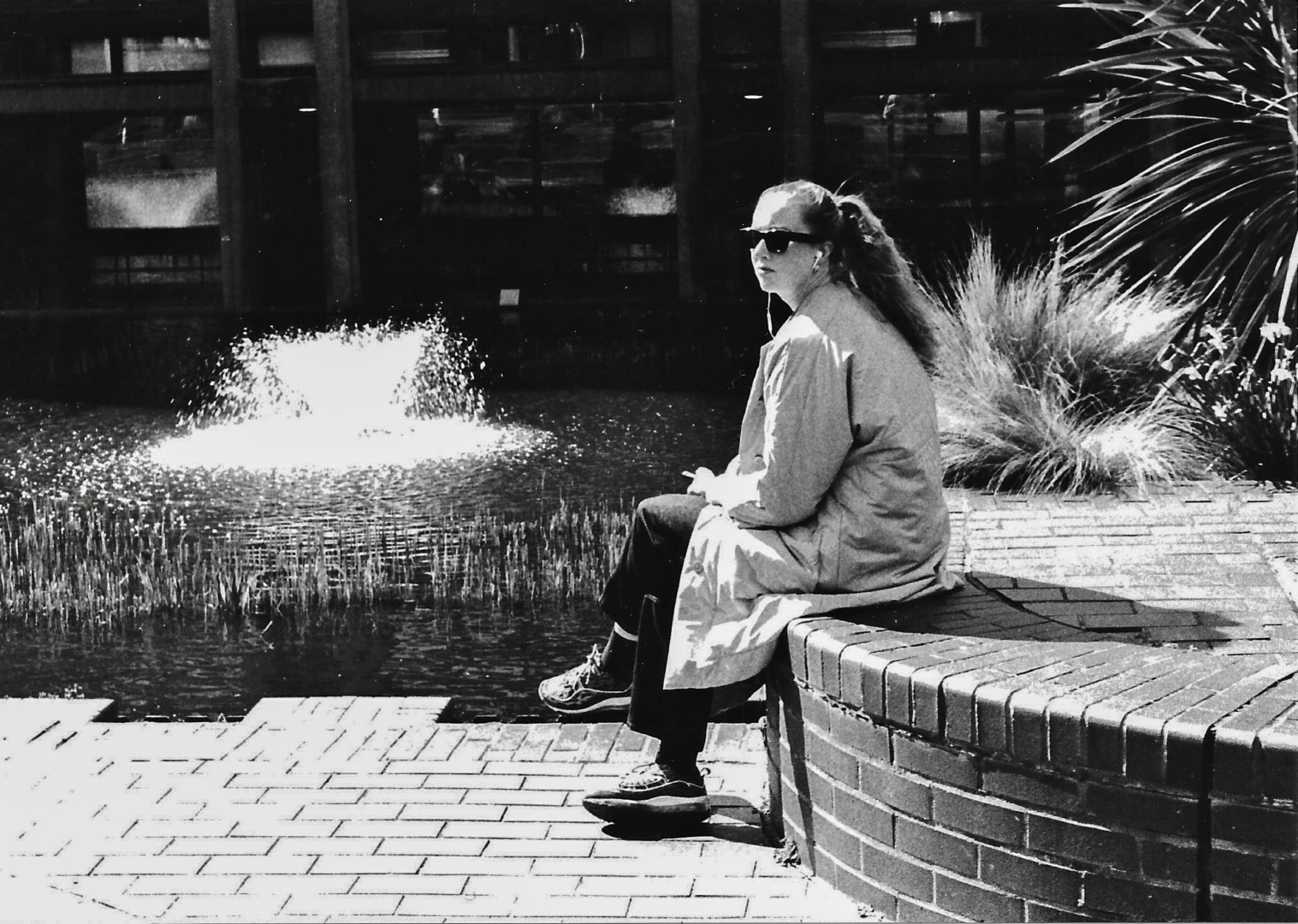
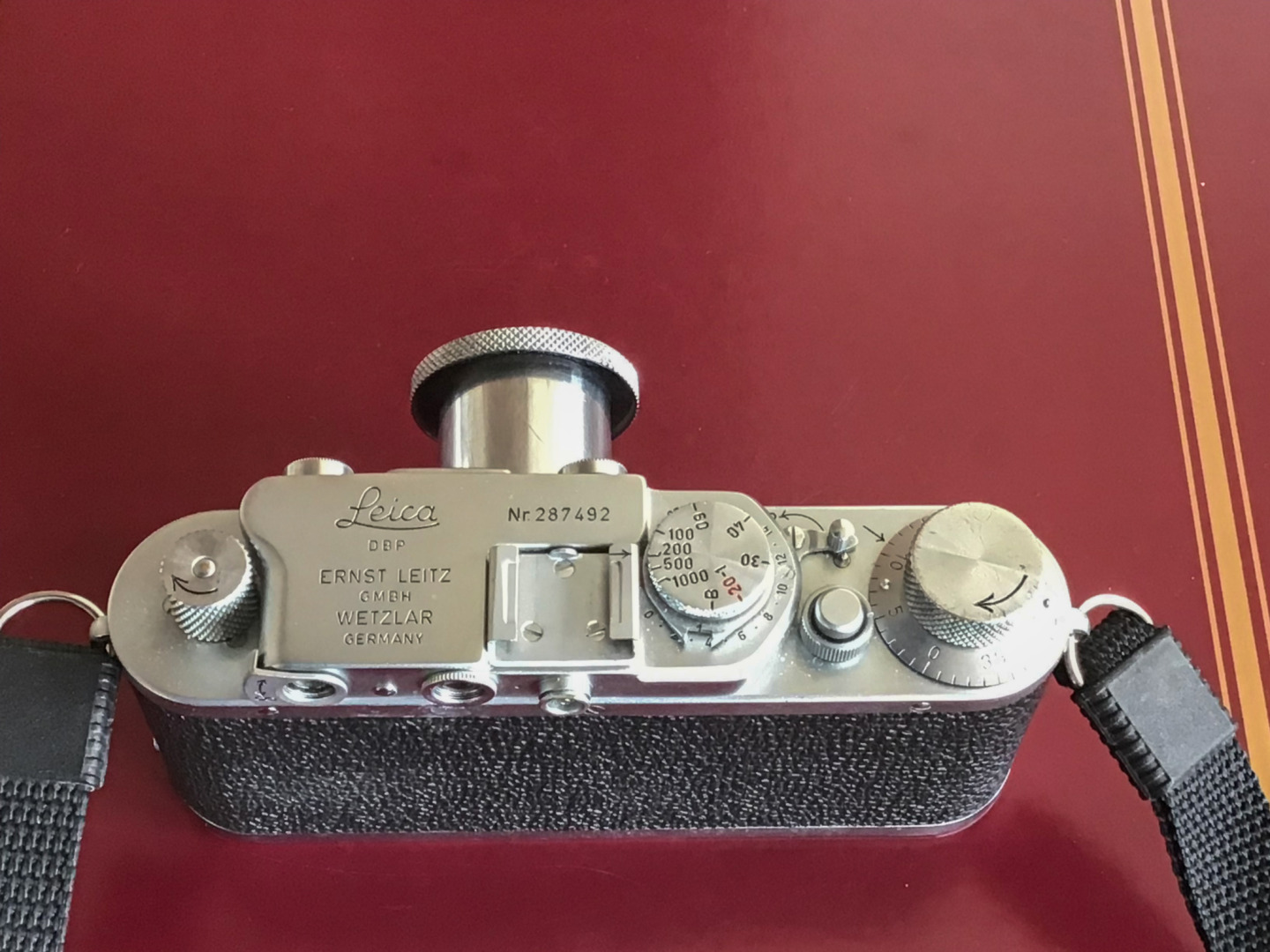
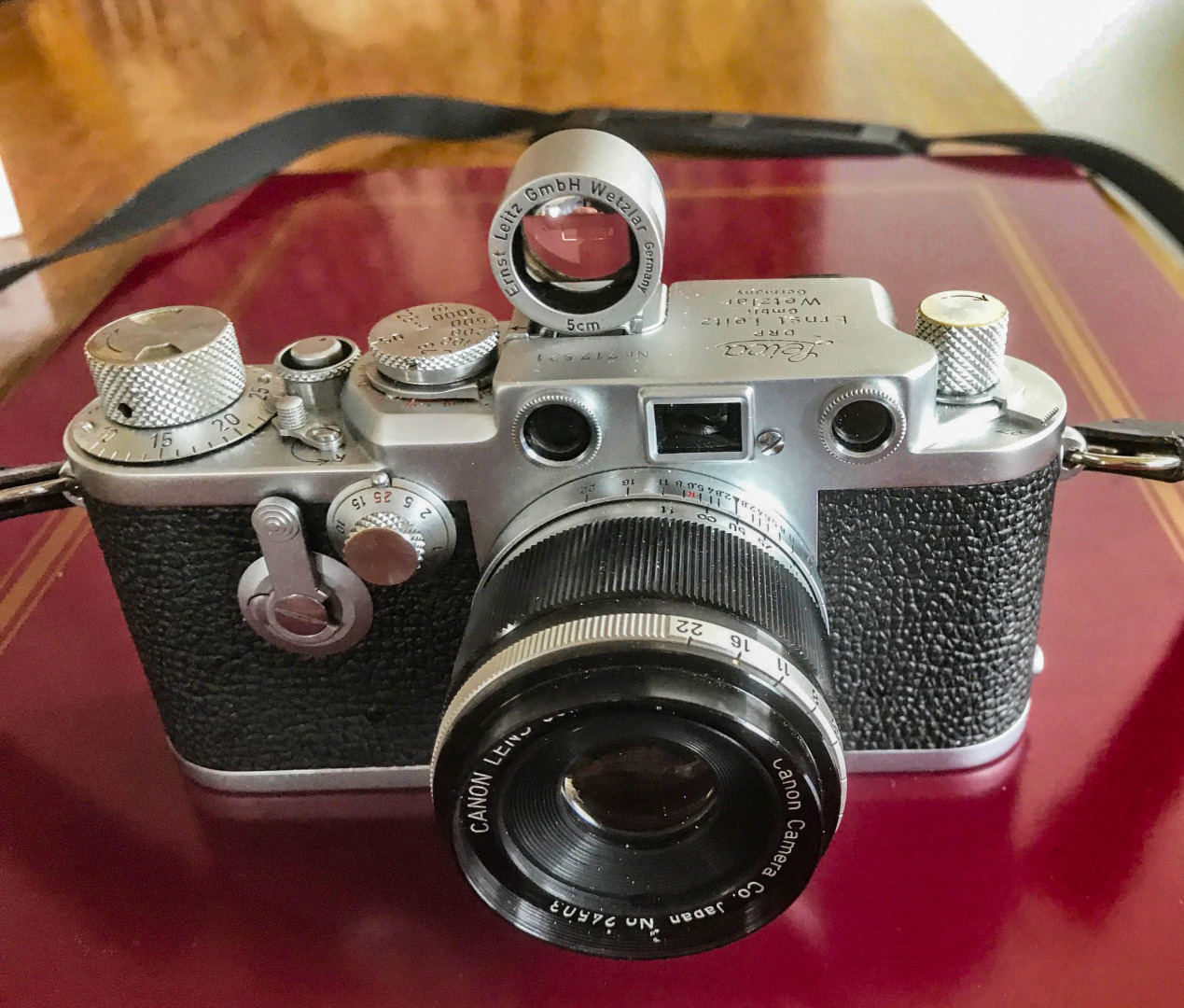
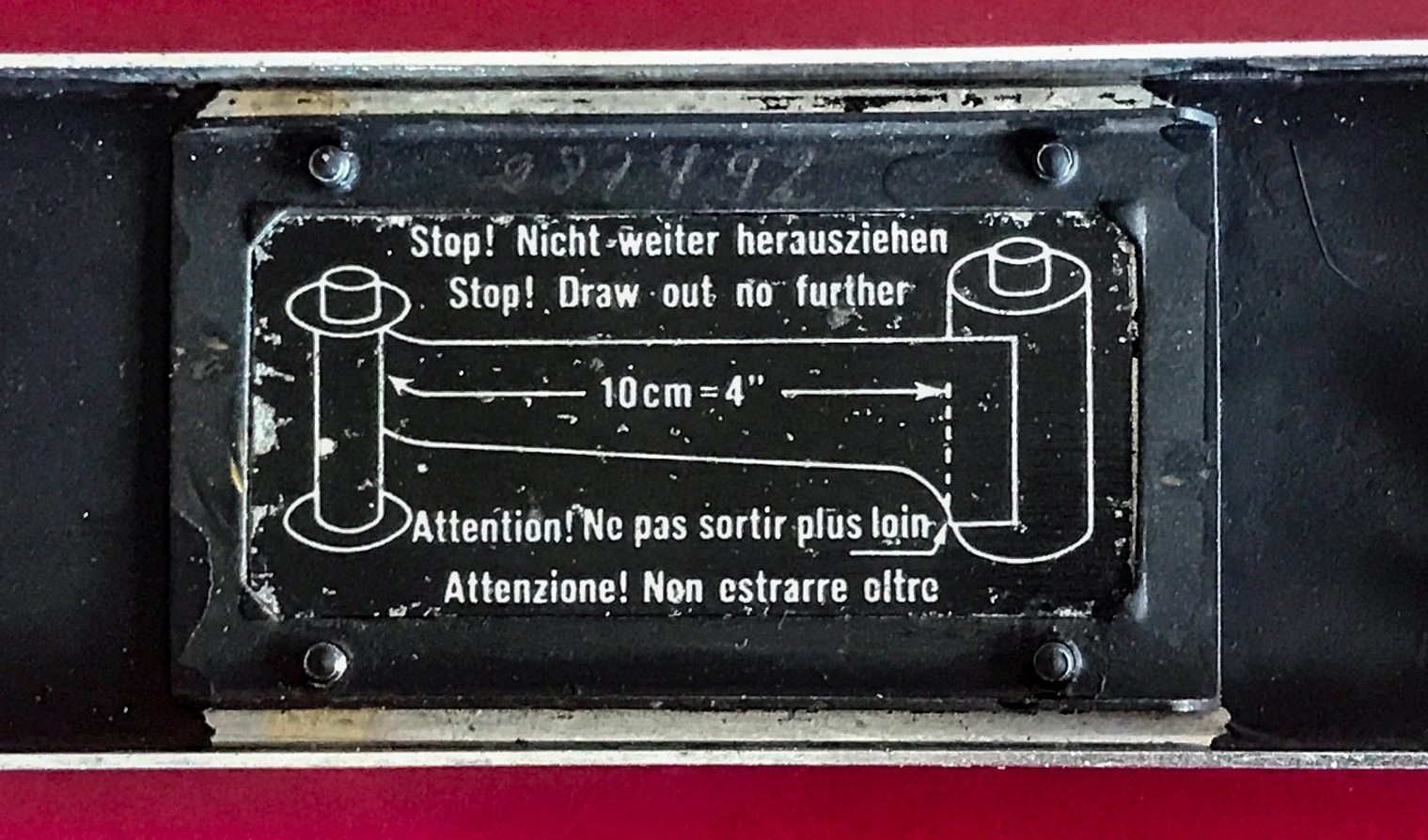
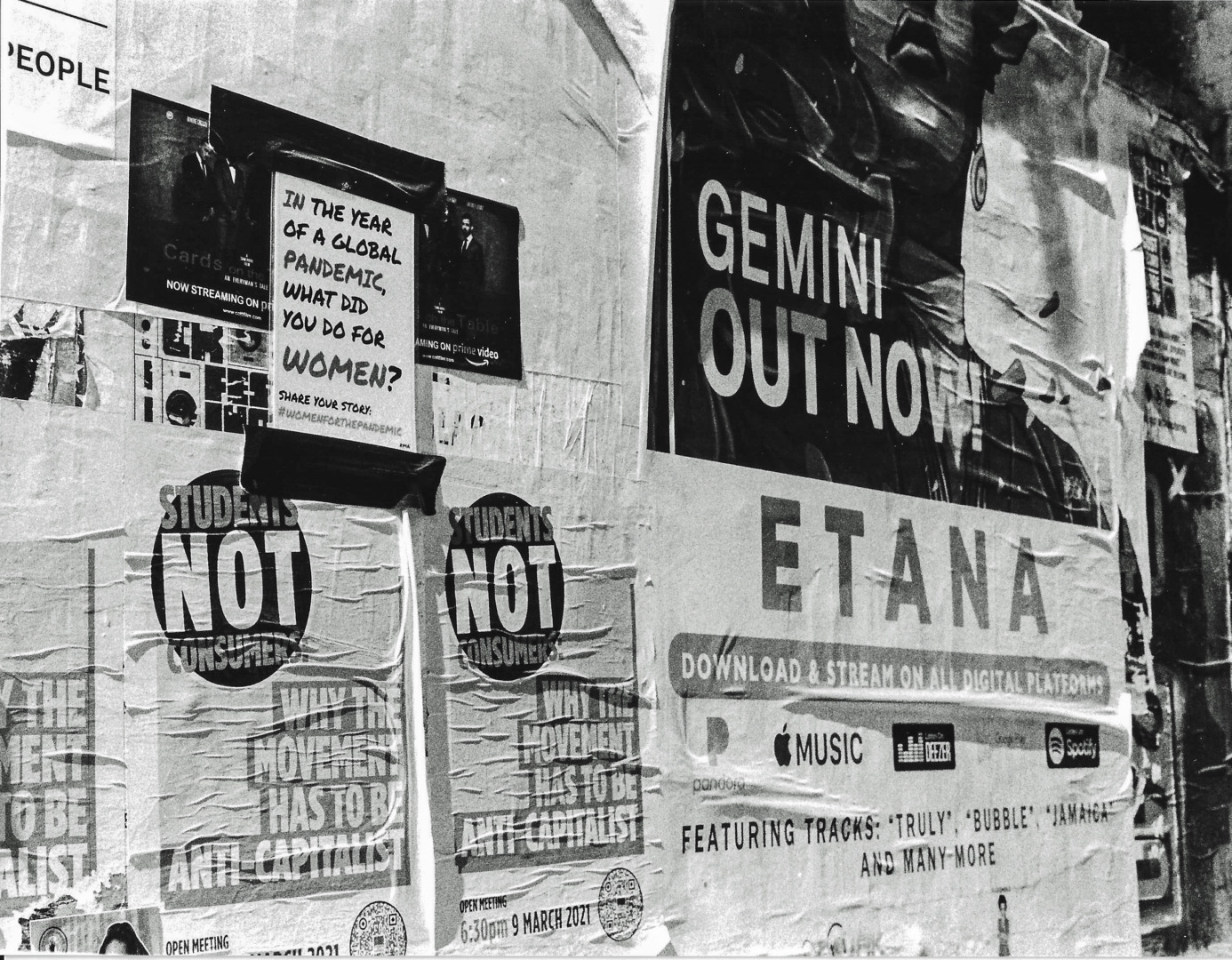
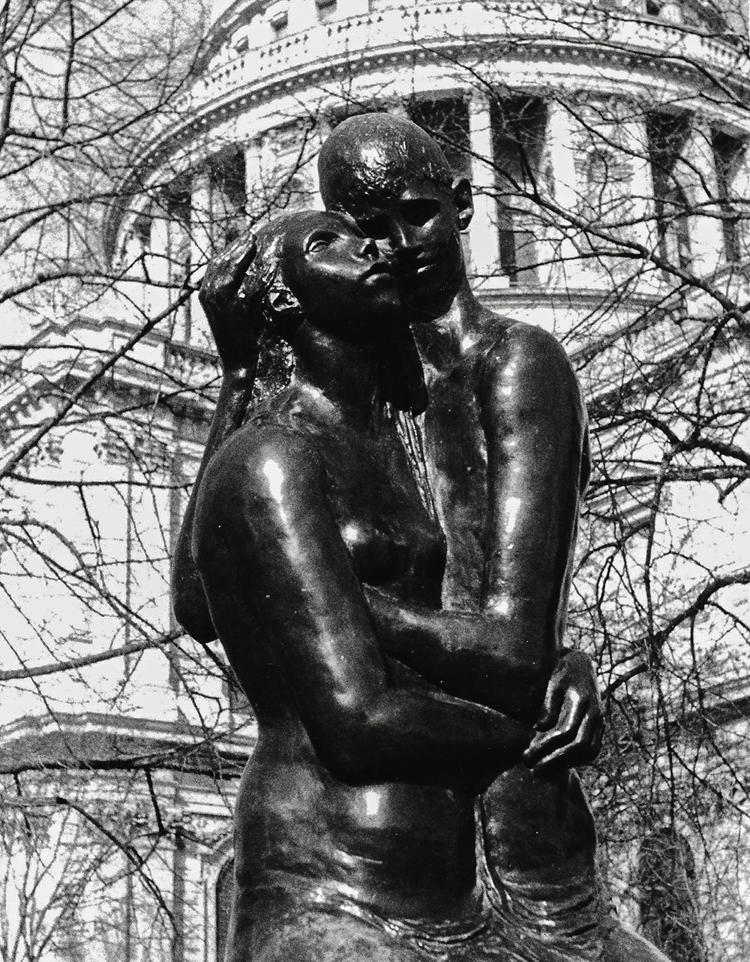




I mostly agree with everyone. It is possible to to find Leica bargains – though two recent screw bodies cost me £500 to deal with their shutter problems and CLAs. My M4 is my ‘go to’ camera (when I ignore the pleadings of the M2 and M3! When I take LTM Leicas for a walk, more often than not I’m accosted by folks half my age and we have a pleasant chat. One couple have become good friends. Ken Rockwell is right, of course. Barnacks are slower in use than a more modern M. But within their limitations they are great fun.
Lots of good advice here – but there should also be a health warning, that you can become a Screw Leica Geek. So for example, you’ll delight in telling innocent bystanders that from the IIIc onwards, the body was a single-piece casing (rather than the upper body including the rangefinder being a separate part) and consequently a whole 3mm longer – which means for successful film loading, you need to trim your film leader between the 23rdand 24th perforation, rather than between the 22nd and 23rd – and no more than two perforations outside the cassette, please, or you’ll get in a muddle (film trimming templates are available, invariably for the larger size). Most Leica lenses until at least the late ’30s were uncoated, which can mean lots of internal reflections on brighter days, especially without a lens hood – I find it pays to give them an extra stop of exposure, just to be on the safe side. The universal viewfinders (VIDOM and later VIOOH) are ingenious, adjusting their frame for focal lengths from 35mm to 135mm, but the VIDOM presents you with an image reversed left to right (and upside down if you go vertical) – great fun when panning or shooting aircraft! No such problem with the VIOOH, though, hence the higher asking price. Which leads you into the five-letter code words, with separate ones for the whole range of cameras, lenses and accessories – as a fully fledged Geek, you’ll certainly know your AZOOB from your NOOKY-HESUM. Enjoy!
.
“..from the IIIc onwards, the body was a single-piece casing (rather than the upper body including the rangefinder being a separate part)..”
Mmm; I don’t like that look – the solid metal front – so I black-felt-tipped mine (to be replaced some time with proper black paint) to extend the black of the leatherette/vulcanite or whatever-you-call-it fabric all the way to the lens mount: that looks so much nicer than the unwarranted ugly metal gap between the ‘leatherette’ and the lens. It also makes the camera look smaller and neater.
I could call it ‘the Paul Smith look’, and that would increase the value (ahahaha!) of the camera by £300 at least!
(I’ve never understood all this business of ‘film trimming’ ..I just – as with any other film camera, except the ‘auto-load’ ones – drag out a length of film tail, slide it into the take-up spool, and Bob’s your uncle.
To ensure proper threading, unscrew the lens, set the camera to ‘T’, press the shutter button – which then keeps the shutter open – then you can manoeuvre the film (through the lens throat) with your finger if necessary to ensure its proper positioning. Replace the lens, set the shutter to, say 1/60th, wind on a couple of frames, and you’re ready to shoot.)
I still occasionally use my IIIc (1949) with a Jupiter III. It’s fun but focusing isn’t easy and it is as costly as an old Aston-Martin (CLA, curtains, re-CLA…) To go back in time capsule, I prefer to use my gorgeous M3 and the Hasselblad V.
“..Many will suggest taking out a mortgage to get a Leica lens such as the 50mm f/3.5 Elmar above..” ..?
I got mine at the Leica Store in Munich a few years ago: no mortgage involved; I think it cost the same as one of the 50mm Canon lenses (..which are great!..) which you mentioned.
Not only that, but when I’d paid for the lens, the friendly young shop assistant – I can’t remember his name – said “..Wait! You’ll want the lens hood to go with that..” and scurried off to the store room. “Ah,” I thought, “..another 50 quid for the lens hood..” but no; he brought a lens hood – the right original metal one for the lens – plus the right lens cap for it too!
“No charge! ..Enjoy!”
That’s how you make a regular customer out of a first-time buyer! Absolutely no mortgage necessary. But maybe that’s the exception to the rule. I’ve found the Munich Leica Store to be very helpful, with not just moderate prices, but really value-for-money prices (..I paid peanuts for an M4-P + all-black lightmeter ..€150?.. at Sauter’s Munich photo store, and pretty much peanuts for an M7 at the actual Leica Store).
I’m sure there are very high prices to be paid if you really do want to mortgage the house, but if you look around, and try before you buy, there are plenty of Leica bargains to be had ..if you want a screw-fit camera, or even a bayonet-fit camera! But look around where the cameras are plentiful ..which means German stores ..and they all do have an online shop window, too.
Lovely camera and photos, Geoffrey. Your points about Sunny 16 and zone focus are very apt. Nowadays we can all have metering apps on our smartphones. On the one I have, you have to be careful to tap on the screen on the point in the image where you want to meter. It always seems strange to be using new and old technology together like that, but the sense of achievement is much greater when the taking instrument is many decades old. There is also a sense of achievement even when trimming and loading the film.
That 50mm Canon lens comes from a very good series of lenses. I have the 35mm f2.8 version of that lens and it is on a par with the Leitz Summaron 35mm f 2.8 lens.
You are right about those cameras being addictive with their small size and lovely mechanical feel. I have, of course, lost count of the number of such cameras which I have now, but I have the ‘collector’s disease’.
William
Geoffrey, a very true article! I am using 2 IIIfs, one from my father (BD, VLW) with an Elmar and one bought half a year ago (RD, VLW) using a Summitar and a Summaron 2,8 35 mm. The IIIf is so compact that I can use a Billingham Pola and Even have Space for Trinovid 10/25. This Little camera is a good companion for walks and city trips.